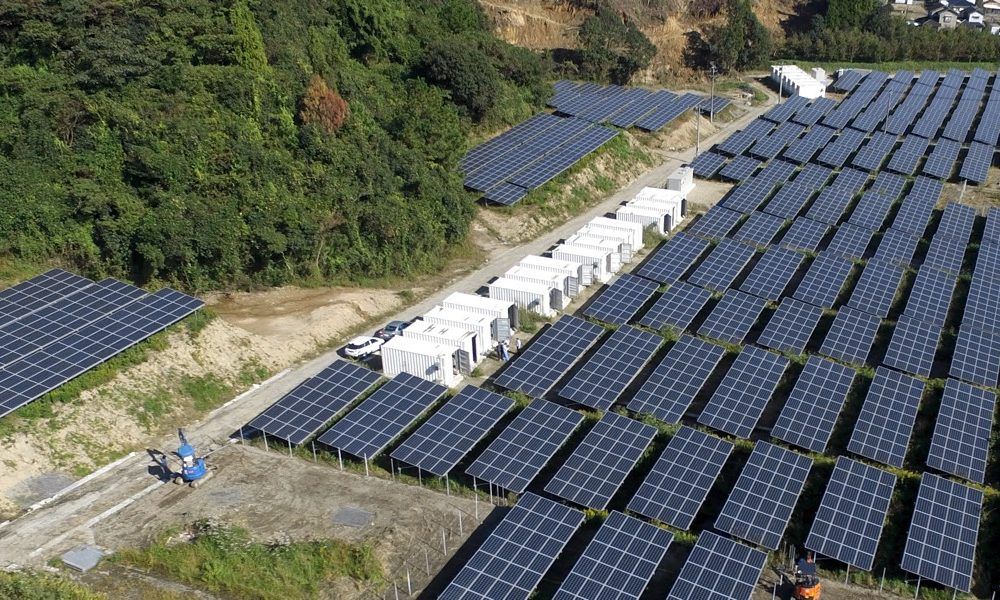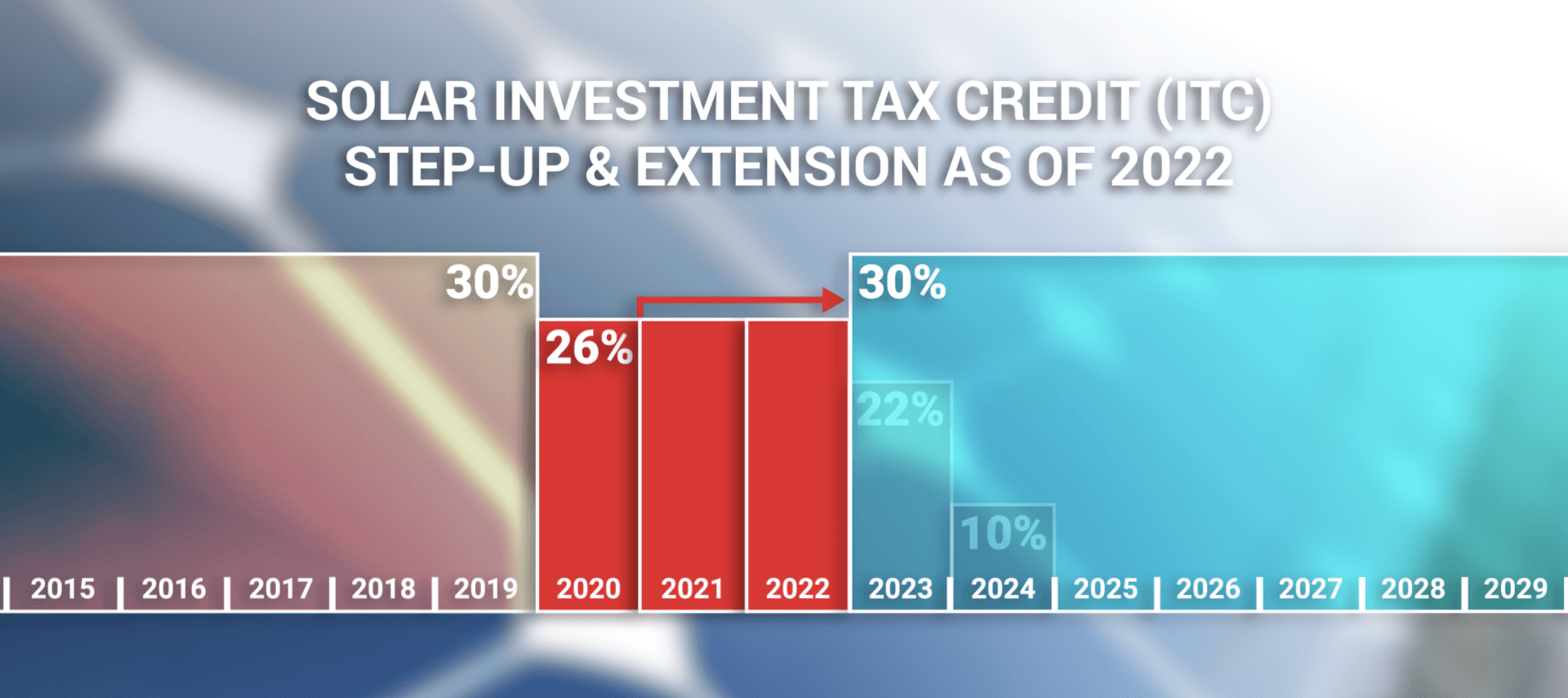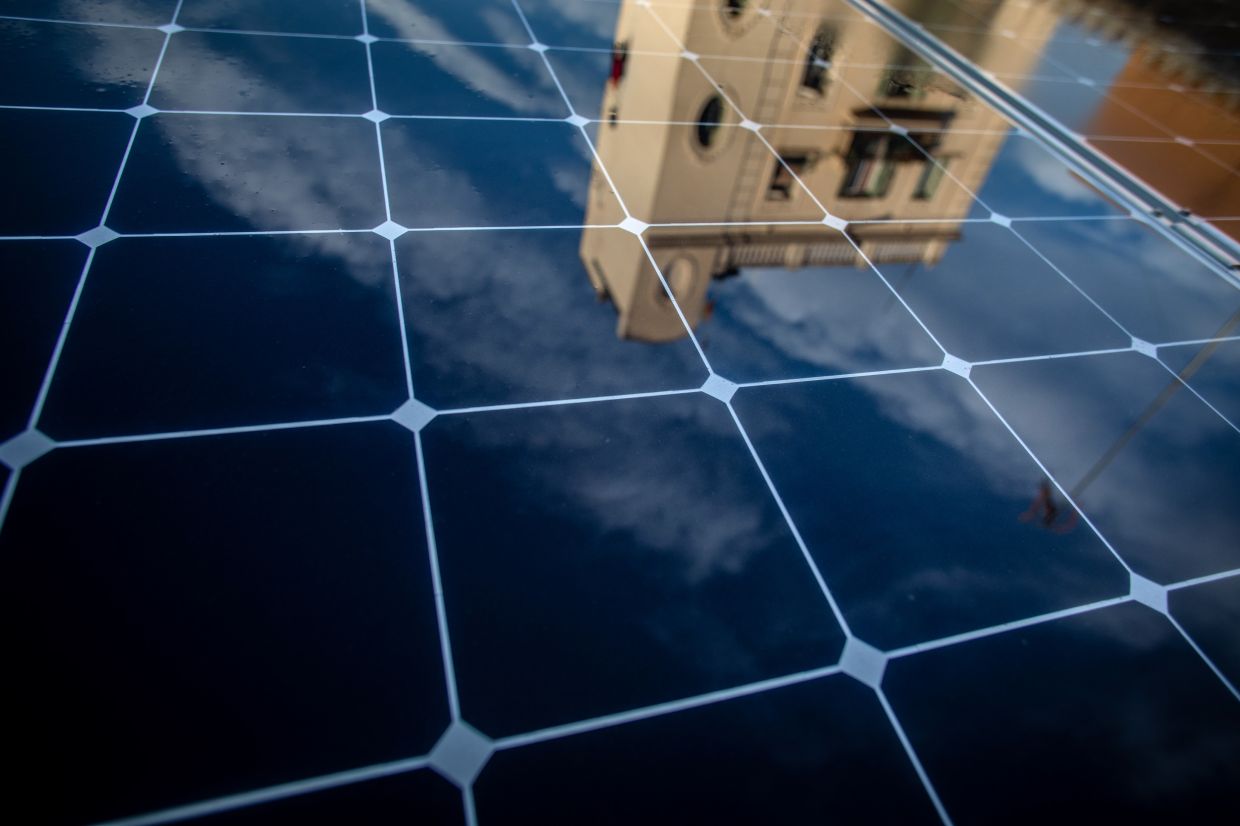General Contractor Benefits to Solar
As a general contractor, incorporating solar into your projects can provide numerous benefits for both your business and your clients. Residential and commercial solar systems can reduce energy costs, increase property value, and help contribute to a more sustainable future.
One of the most obvious benefits of solar is the potential cost savings for property owners. According to the National Renewable Energy Laboratory, the average residential solar system can save homeowners up to $600 per year on their electricity bills (1). For commercial properties, the savings can be even greater, with some businesses reducing their energy costs by as much as 70% (2).
In addition to the financial benefits, incorporating solar into your projects can also increase the value of the property. A study by the Lawrence Berkeley National Laboratory found that homes with solar systems have a higher sale price compared to comparable homes without solar (3). This can be especially valuable for commercial properties, as it can make the property more attractive to potential tenants and buyers.
Furthermore, the use of renewable energy can help reduce the carbon footprint of a building. The Environmental Protection Agency estimates that the average solar system can offset about 100 tons of carbon dioxide emissions over its lifetime (4). This not only helps the environment, but can also improve the public image of a property and the business associated with it.
Incorporating solar into your projects can also provide a competitive advantage in the market. As consumer demand for sustainable and renewable energy options increases, offering solar as a part of your services can set your business apart from others and attract potential clients who prioritize sustainability.
Despite the potential benefits, some general contractors may be hesitant to incorporate solar into their projects due to concerns about cost and feasibility. However, there are numerous financial incentives and programs available to help offset the initial costs of installing a solar system. The federal government offers a tax credit of 26% for residential and commercial solar systems installed in 2021 (5). Additionally, many states and local governments also offer their own incentives, such as rebates and grants, to encourage the use of renewable energy.
Additionally, the cost of solar technology has significantly decreased in recent years, making it more affordable and accessible for general contractors to incorporate into their projects. According to the Solar Energy Industries Association, the cost of solar has decreased by over 70% in the past decade (6).
In conclusion, incorporating residential and commercial solar into your projects as a general contractor can provide numerous benefits for both your business and your clients. From cost savings to increased property value and a reduced carbon footprint, solar is a smart and sustainable option for any construction project.
- “Residential Photovoltaic (PV) System Cost Benchmark: Q1 2020.” National Renewable Energy Laboratory, https://www.nrel.gov/docs/fy21osti/74461.pdf
- “Solar Energy for Commercial Properties.” EnergySage, https://www.energysage.com/commercial-solar/
- “The Impact of Photovoltaic System Adoption on Home Sales Prices.” Lawrence Berkeley National Laboratory, https://emp.lbl.gov/publications/impact-photovoltaic-system-adoption
- “The Benefits of Solar Energy.” Environmental Protection Agency, https://www.epa.gov/energy/benefits-solar-energy#:~:text=The%20average%20home%20solar%20energy,offset%20the%20emissions%20of%20100%20cars.
- “Residential Renewable Energy Tax Credit.” Internal Revenue Service, https://www.irs.gov/newsroom/energy-incentives-for-individuals-residential-property-updated-questions-and-answers#:~:text=You%20may%20be%20able%20to,200%20lifetime%20limit%20for%20windows).




